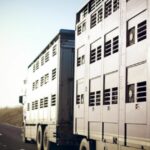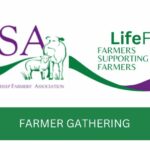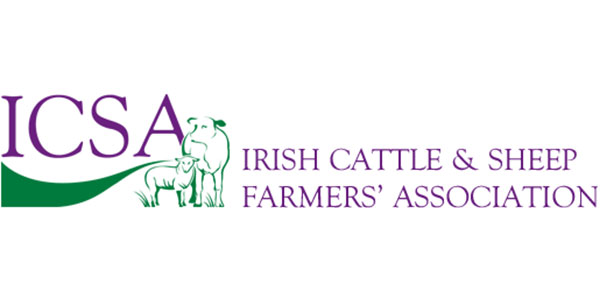FarmIreland – 26 NOVEMBER 2016
During my visit to this year’s Ploughing Championships I happened to run-into Paddy Kent, an old friend from my ICSA days. After catching up on farming issues Paddy took me aside and said that he had a book which I might find interesting.
The book, Grass-Fed Nation – Getting Back the Food We Deserve, was written by Graham Harvey, former agricultural advisor to the BBC. Handing me a copy, Paddy said that he thought that I would enjoy reading it; and how right he was.
Harvey who has an Honours Science Degree in Agriculture from Bangor University has spent much of his life writing about UK agriculture and the environment. In this book he expresses his passionate concern for the farming environment and sustainable food production.
He is fiercely critical of aspects of modern ‘industrialised farming’ because of the environmental damage which he claims it causes and the poor quality and taste of the food it produces.
Harvey argues passionately that old style food production methods using natural grasslands are both healthier for the consumer and promotes increased biodiversity which is now accepted as being a corner stone of future sustainable agriculture.
He also highlights the importance of natural grassland and the huge amount of organic matter it helps develop in the soil which then acts as a massive carbon sink. Harvey expresses his deep concern at the amount of carbon being released into the atmosphere by the current shift to monoculture type wheat production which has now become such an integral part of modern farming.
In a way it’s a very disturbing book because it raises many worrying questions about issues which we in Ireland appear to be turning a blind eye.
As I rely exclusively on grass grown on old natural pastureland to fatten my cattle, Harvey’s emphasis on the environmental good, health benefits and eating quality of beef and lamb produced on this type of natural environment really aroused my interest.
We have eaten more of these steaks on a number of occasions since and we still find that in spite of the fact that they were stored in the freezer, there is still a huge difference in eating quality and taste.
On the Farm
Meanwhile, with the end of year fast approaching, it’s time to look back on the highs and lows of 2016.
Even though the spring was late in arriving this year, my concerns about having adequate silage turned out to be unfounded. I had also believed that a late spring would be a portent for a disappointing year with cattle never really making up for the bad start but surprise, surprise I was wrong again.
I don’t think I have ever seen such good weight gains from cattle, even the last load which usually disappoints turned out to be one of my heaviest load this year. Unfortunately the extra carcase weights were more than wiped out by an average drop of 24 cents per kilo on last years prices.
Once again grades were disappointing but I suppose at this stage I should be getting used to that. I do however note with great interest, media reports of an X-ray type grading machines being introduced in Australian abattoirs.
These new grading machines are reported to give a far better measurement of saleable meat yields which is really what it’s all about. I look forward to a similar grading system being introduced here soon; we badly need something to restore some confidence in the system.
I wish I could claim some credit for my cattle’s record weight gains this year, but all credit must go to Mother Nature who really turned on the style when it came to providing perfect conditions for summer and autumn grass growth. Of course there are always problems in farming and this year’s problems can be summed in one word: Brexit.
So where am I now? With the current rise in mart prices I am very lucky to have all my store cattle bought in and I put the first two pens of them into the shed last Friday. I am hoping that the remainder will survive outside for another few weeks.
The new slats mean that I have one less thing to worry about, although it did mean having to do a good deal of extra work replacing gates, barriers as well as relocating some water tanks.
My most immediate task now to spend some time splitting some large ash logs so as to have a good supply of timber for Christmas. Luckily I have access to a tractor mounted log splitter – I don’t fancy spending days splitting logs with an axe any more.
John Heney farms in Kilfeacle, Co Tipperary

 1
1



